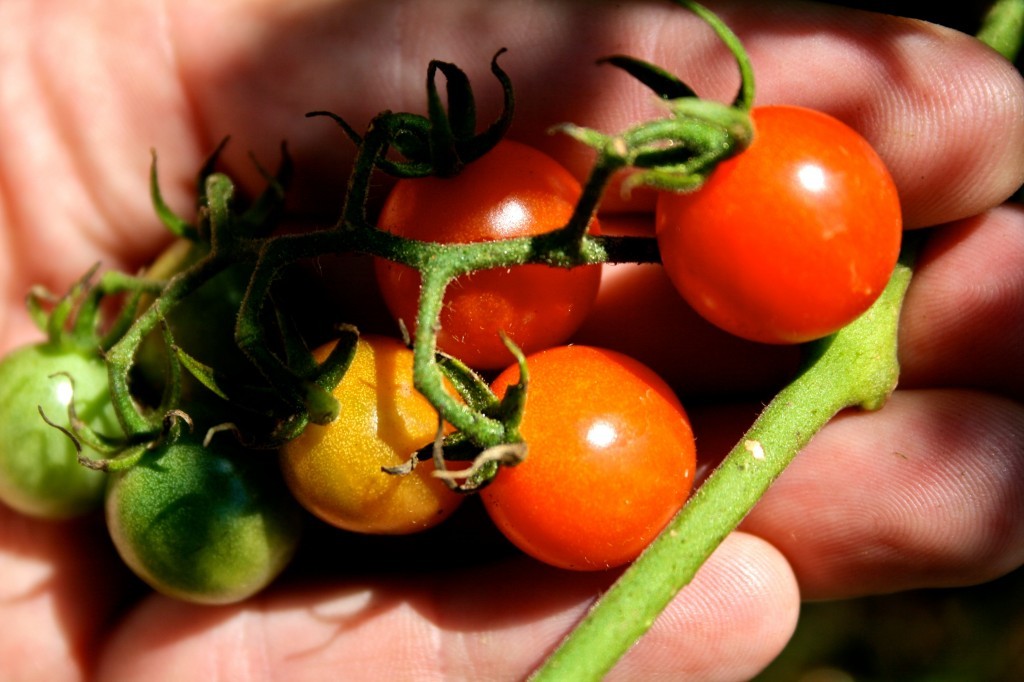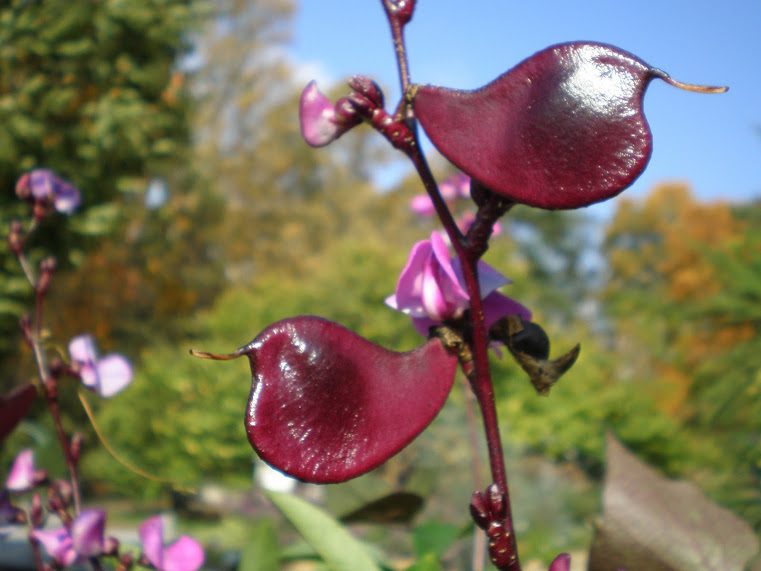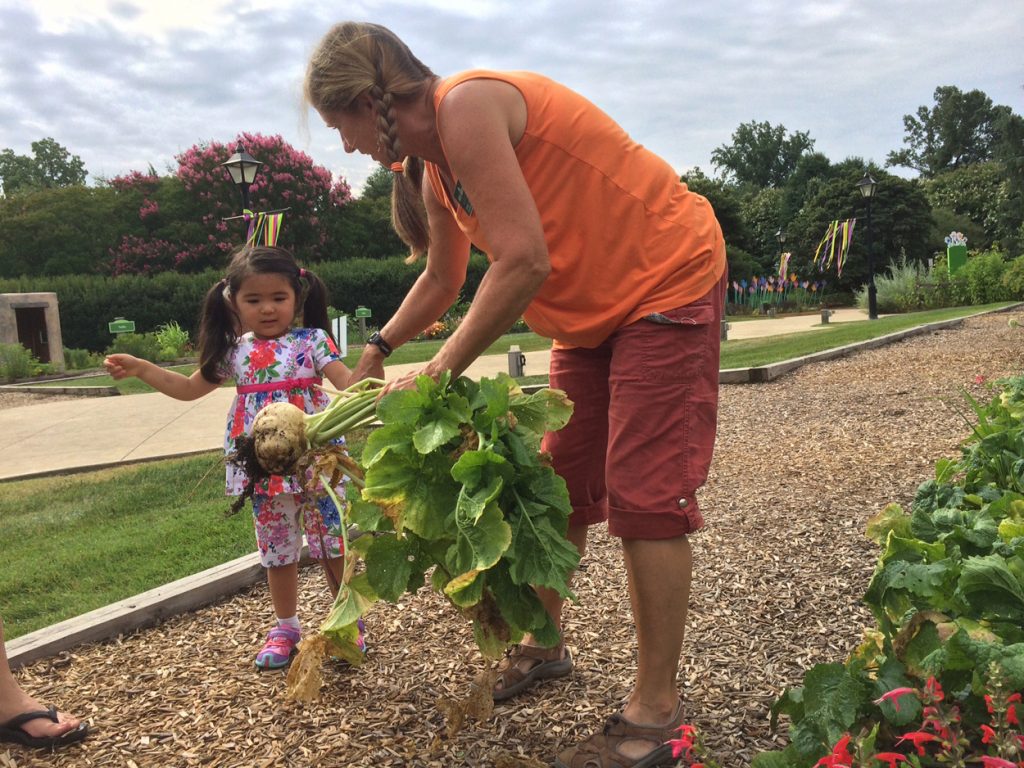Best Plants for Kids
Children are natural gardeners and remind us that playing in the dirt should be fun.
Curiosity. Imagination. A love of playing in the dirt. All are qualities that make children natural gardeners.
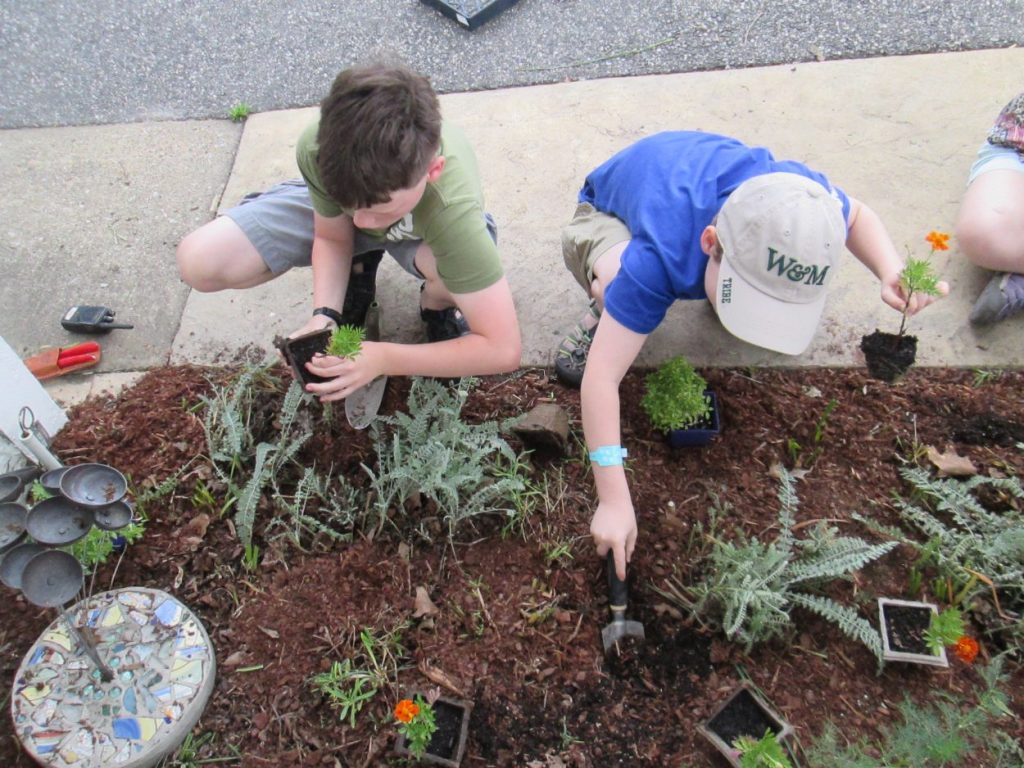
Give children their own area and go with what they want to do. Small children may just want to plant, dig up and replant items such as pebbles, bark or seed — and that’s fine.
Whether you’re looking for a fun project to do while you are home social distancing or just a simple opportunity to get outside for some fresh air and exercise, gardening with kids has many rewards. It provides a deeper lesson about our connection with the natural world. You don’t need much to start — you could plant in your garden but these also work well in containers, which is great if you have limited space. Gardening with children is a rewarding experience for the whole family. Here are the 5 best plants for kids to start with:
The 5 Best Plants for Kids
The best plants for kids are easy to grow and most of these start from seed. That way kids get to see the magic happen — the seed swelling and splitting as its sprout unfurls.
-
- Zinnias (Zinnia) With their easy-to-handle seeds and bright, colorful flowers, zinnias are our top choice when gardening with children. These pretty annuals are native to Mexico and do best in full sun with well-drained soil. If you forget to water them for a day, it will likely be ok — zinnias are forgiving — they quite drought tolerant. You can keep these beauties blooming all summer if you cut them for arrangments or deadhead them. Butterflies are also attracted to zinnias – another reason they are a good choice for gardening with children.
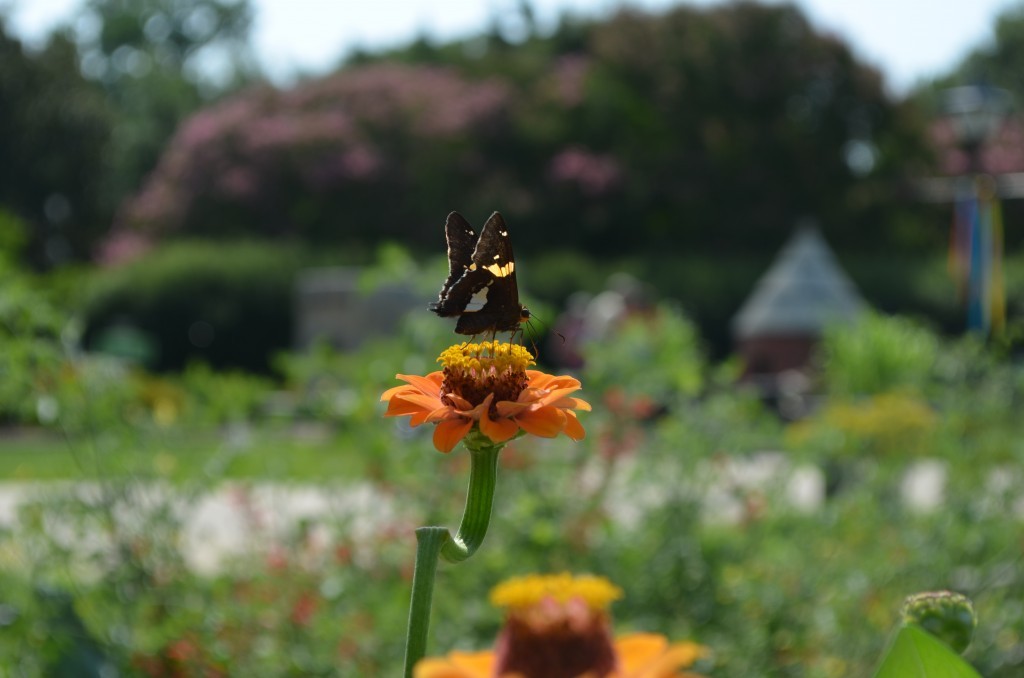
Zinnia’s are one of the best plants for kids. They are easy to grow, beautiful and attract butterflies!
- Cherry Tomatoes (Solanum) Vegetables are great fun to grow. They germinate quickly and, best of all, you can eat them. Gardening with vegetables also shows children how our food is grown, an important point when many children only see produce in the grocery store. Cherry tomatoes are an excellent choice because they will produce abundantly throughout the summer. Put them in a convenient sunny spot so you and your children can easily wash them and pop them in your mouth – and enjoy the taste of summer!
- Hyacinth Bean (Dolichos lablab) A fast-growing vine, the colorful hyacinth bean has wonderful purple flowers and interesting maroon bean pods. Hyacinth bean is most often grown as an ornamental plant, but it is used for food in some cultures. Please note, hyacinth beans are poisonous if eaten raw. An annual in our area, the hyacinth bean vine can grow from 8 to 12 feet long and is attractive on trellises or a fence. Part of the pea family, the hyacinth bean is an easy vine to grow and will bloom well into fall.
- Lemon Balm (Melissa officinalis) Lemon balm is definitely a container plant unless you want it to take over your garden! This vigorous perennial herb has a pleasing lemon scent and has been valued through the ages as a culinary, cosmetic and medicinal herb. The plant is also very attractive to honey bees and some beekeepers rub the leaves on the inside of a new hive to encourage a swarm to stay. A native of southern Europe and northern Africa, lemon balm grows easily in most situations but does need good drainage.
- Parsley (Petroselinum crispum) While many people may be familiar with parsley as the forlorn decoration left on our plates after a meal, the herb has a rich history and wonderful qualities. The ancient Greeks and Romans held parsley in high regard and used it to crown athletic heroes. A member of the carrot family, parsley is a natural breath freshener with a remarkable power to overcome strong scents, including garlic. The herb is also extremely important to butterflies. Butterfly caterpillars require specific host plants to meet their food needs, and parsley is one of the host plants that black swallowtail caterpillars need. It can be great fun to look for the caterpillars on the parsley and know that one day they will turn into beautiful butterflies! Parsley takes a long time to germinate, so for this one, it is best to start gardening with the plants, rather than the seeds.
Gardening with children does not have to be hard or time-consuming and you don’t even need a big yard. All ages can get involved – children as young as 2 years old can perform simple garden tasks.
One lesson from gardening with children is they can teach us a thing or two. Forget perfection and don’t worry about straight rows or perfectly tended plots. Start small and keep chores short. Having kid-sized tools also helps, but be creative — why not use a spoon as a kid-sized garden tool. Most of all, have fun!
